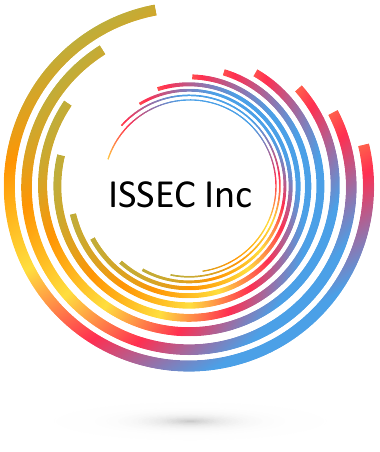I was challenged to write some thoughts about AGILE methodology and to focus on the soft side in a bid to get an organization to evaluate whether or not they are qualified to be Agile and adopt Agile methodologies. Note I used the word “qualify”, the reason being every organization throw up Agile as a buzz word, I’m of the opinion that you qualify to adopt Agile methodology and it’s not just something you pick of the shelf to implement. That said, not all organizations can adopt Agile methodologies and Agile is not always applicable to all parts of the organization.
Agile is a mindset and requires as a foundation, certain cultural traits.
The Servant Leader
The first and probably the most important trait is a culture of servant leadership. PMI defines servant leadership as “the practice of leading through service to the team, by focusing on understanding and addressing the needs and development of team members in order to enable the highest possible team performance.” Agile approach to work (or project) will succeed if and only if a servant leadership style is embraced in the organization (or part of the organization). And the servant leader approaches work focusing on firstly on Purpose, next the People and lastly the Process. Unfortunately, most people lay claim on being servant leaders but obviously always put process (and bureaucracy) ahead of purpose and people.
Before delving into the characteristics of servant leadership that enables agility and success of Agile approach, I’ll like to share more generally about the servant leader quoting Robert Greenleaf.
“The servant-leader is servant first... It begins with the natural feeling that one wants to serve, to serve first. Then conscious choice brings one to aspire to lead. That person is sharply different from one who is leader first, perhaps because of the need to assuage an unusual power drive or to acquire material possessions...The leader-first and the servant-first are two extreme types. Between them there are shadings and blends that are part of the infinite variety of human nature."
"….. The best test (of servant leadership), and difficult to administer, is: Do those served grow as persons? Do they, while being served, become healthier, wiser, freer, more autonomous, more likely themselves to become servants? And, what is the effect on the least privileged in society? Will they benefit or at least not be further deprived?"
The following characteristics of the servant leader enables successful Agile approach:
- Serving the team to help them grow – unearthing the intrinsic value of people and nurturing them to grow
- Listening – this is listening intently to others, hearing everyone and ensuring that it is not the “most noisy” but the “most sensible” that is embraced. In listen diverse opinions are sought out and valued. It paves the way for others’ contribution
- Unleash the energy and intelligence of others – This is setting everyone free and encouraging them to make the maximum contribution to the team and the people being served, decisions don’t have to be made by select few.
- Foresight (intuitive mind) – understanding past learning, current realities and the consequence a decision may have in the future, dream great dreams of what can be made possible by the team.
- Promote safety, respect, and trust – facilitating and creating an environment of respect and trust in which everyone can be transparent and open without any fears.
- Self-awareness – know thyself, who you are, your biases, skills and experiences and how you behave. You (and what you do) are louder than what you say and the team sees this and influences whether they feel safe to adopt an Agile mindset or not.
The Team
Another trait that qualifies an organization to adopt an Agile approach is the team composition with respect to the individuals and the interactions rather than the processes and the tool. While processes and tools are crucial it is more important to optimize value delivery.
- The culture that embraces self-managing and self-organizing team that does not need to be policed
- Collaborative within the team and with others
- Constituted of T-shaped people – generalizing specialist – with a focus specialty and a breadth of experience across multiple skills.
The Silo
This is a trait that needs to be actively eliminated, it should be obvious that the more silos exist the difficult it is to collaborate either within the team or across team boundaries. Silos impede synergies. This means not only should we encourage T-shaped people on teams, we should develop cross-functional teams where everyone is responsible for the holistic value that the project delivers. Breaking down silos require a significant cultural change and it cannot be achieved by taking baby steps.
In summary, not all organizations can adopt an Agile approach and those who wish to must be ready to qualify through adoption of foundational cultural shift of servant leadership styles, multi-skilled resource pool and continuous elimination of silos.
References nine10; Robert Greenleaf; PMI

